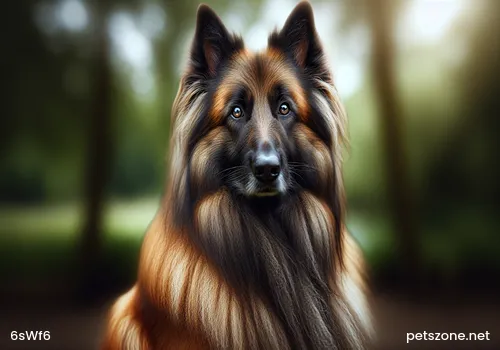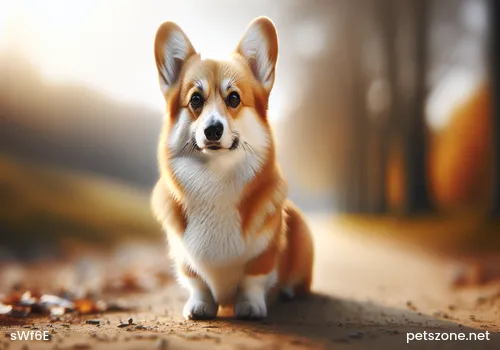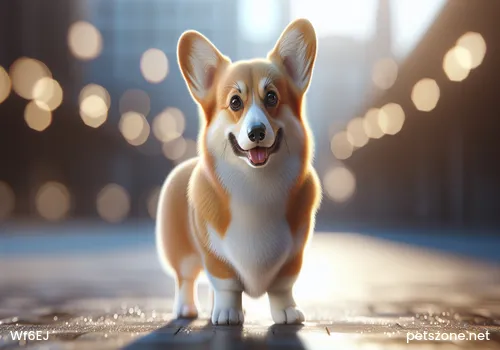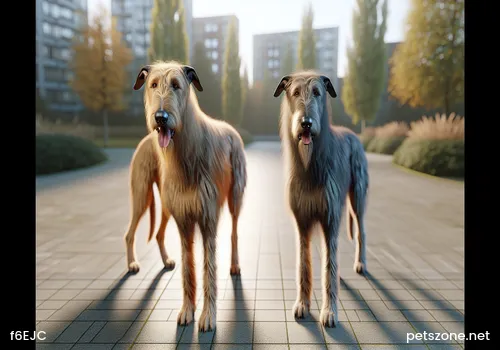What Method Do Dogs Use to Find Their Owners?
The editor saw a foreign report: a British pet owner left his shepherd dog on a farm 300 miles away, but after more than ten days, the dog returned by itself. This is truly incredible. Setting aside the distance, how did the dog find its home during those more than ten days? And what method did it use to find its owner? Let’s explore this with the editor.

1. Vision
Dogs’ eyesight is not very good, only about 1/5 or 1/3 of human vision. Some say it can be up to 3/4 of human vision, but either way, dogs’ eyesight is not great. And although dogs have a wide field of view reaching about 250 degrees due to the position of their eyes, they are not very sensitive to stationary objects but are more sensitive to fast-moving targets. This is likely related to their original hunting behavior. More importantly, dogs have almost no perception of red and green; red appears to dogs like a dark color similar to deep gray, while green appears as a gray-white, lighter color. Therefore, dogs generally cannot visually locate a stationary owner from a distance. Since their eyesight is poor, there must be compensation, and dogs’ sense of smell is extremely powerful. Generally speaking, dogs’ sense of smell is 1,200 to tens of thousands of times stronger than humans’. Even more impressive is that dogs can analyze odors to find a specific scent amid complex smells. Because of this strong sense of smell, dogs are employed as drug-sniffing dogs, retrievers, and other working roles. Some powerful dogs can even detect if their owners have cancer, as cancer cells cause a special “acidic” odor that dogs can sensitively distinguish as different from how their owners used to smell. Besides a strong sense of smell, dogs also have good hearing.

2. Sense of Smell
Dogs’ sense of smell is very developed; their olfactory membranes have many olfactory cells with numerous folds, covering an area four times that of humans and containing over 200 million olfactory cells, 40 times more than humans. Excellent police dogs can distinguish over 100,000 different scents. Dogs primarily rely on scent; odor is their main method to identify a living being. Vision and hearing (taste is not included) help them detect you and identify you, but like a safety measure, they still need to sniff to be sure. You may have noticed many dogs thoroughly sniff people, other dogs, or other pets when they meet because, in the dog’s eyes, this is your ID card. When dogs recognize and distinguish objects, they first show sniffing behavior. For example, when we give food to dogs, they sniff first before eating. Many people say dogs follow people wearing clothes of similar colors for this reason. In noisy outdoor environments with severe air pollution, dogs can only rely on their eyes for recognition, but since clothes styles are similar nowadays, they easily get confused and follow the wrong person. Only calling the dog’s name can bring them back. Some stubborn dogs may not respond, which becomes difficult.

3. Hearing
Their hearing range is about 16 times that of humans, with the ability to distinguish sound origin from 16 directions. Their hearing distance is also hundreds of times better than humans, which is excellent. Simply put, dogs can hear many sounds that people can’t. Thus, in dogs’ daily lives, scent plays the most crucial role. The sense of smell is likely the most important method dogs use to identify their owners. Due to their powerful sense of smell and hearing, sometimes when dogs seem to be barking or crouching at an empty place, don’t be afraid; they may have just smelled or heard something you didn’t. Dogs’ sense of smell is almost heavenly strong. Humans have only 5 million olfactory cells in their nasal cavity, while dogs have many more; for example, bloodhounds have 125 million olfactory cells, foxhounds have 147 million, and German shepherds have as many as 220 million. The olfactory mucosa area where the cells are distributed is about only 5 square centimeters for humans. Dogs not only have a larger nasal cavity but also many folds inside; for example, a German shepherd’s expanded mucosa area is approximately 150 square centimeters. Also, the olfactory bulb in a dog’s brain, which is used to analyze odors, occupies a large proportion—about one-eighth of their brain weight.

Actually, the editor’s uncle raised a little black dog back in their hometown. When I lived there, I often played with it and always left meat or bones for it at home. Every time it saw me, it was very affectionate and jumped on me like crazy. Once, I suddenly cut my long hair very short, a big change. When it first saw me, it barked wildly for a while. When I sternly called it, it immediately stopped, wagged its tail, and looked at me from a distance. After confirming, it became affectionate again. Now it’s been more than ten years. I haven’t been back to my hometown for several years. When I went back early on to see the dog, it was tied behind the door. It barked wildly when it saw me. I was scared and backed off, sighing, "Ah, the little black dog doesn’t recognize me." My aunt said, "Try going forward, it recognizes you." When I went forward, it really jumped up, putting its front legs on me, an indescribably excited posture. I was moved deeply in that moment. Alas, many times, humans are not as good as dogs. I have tried standing far away, and my silly dog looked around as if it couldn’t see me. But as soon as I made a sound, it immediately turned back as if it just "saw" me standing there, then began to jump and run. If it’s not acting well, it must be relying on hearing to find me.


-560x560.webp)
